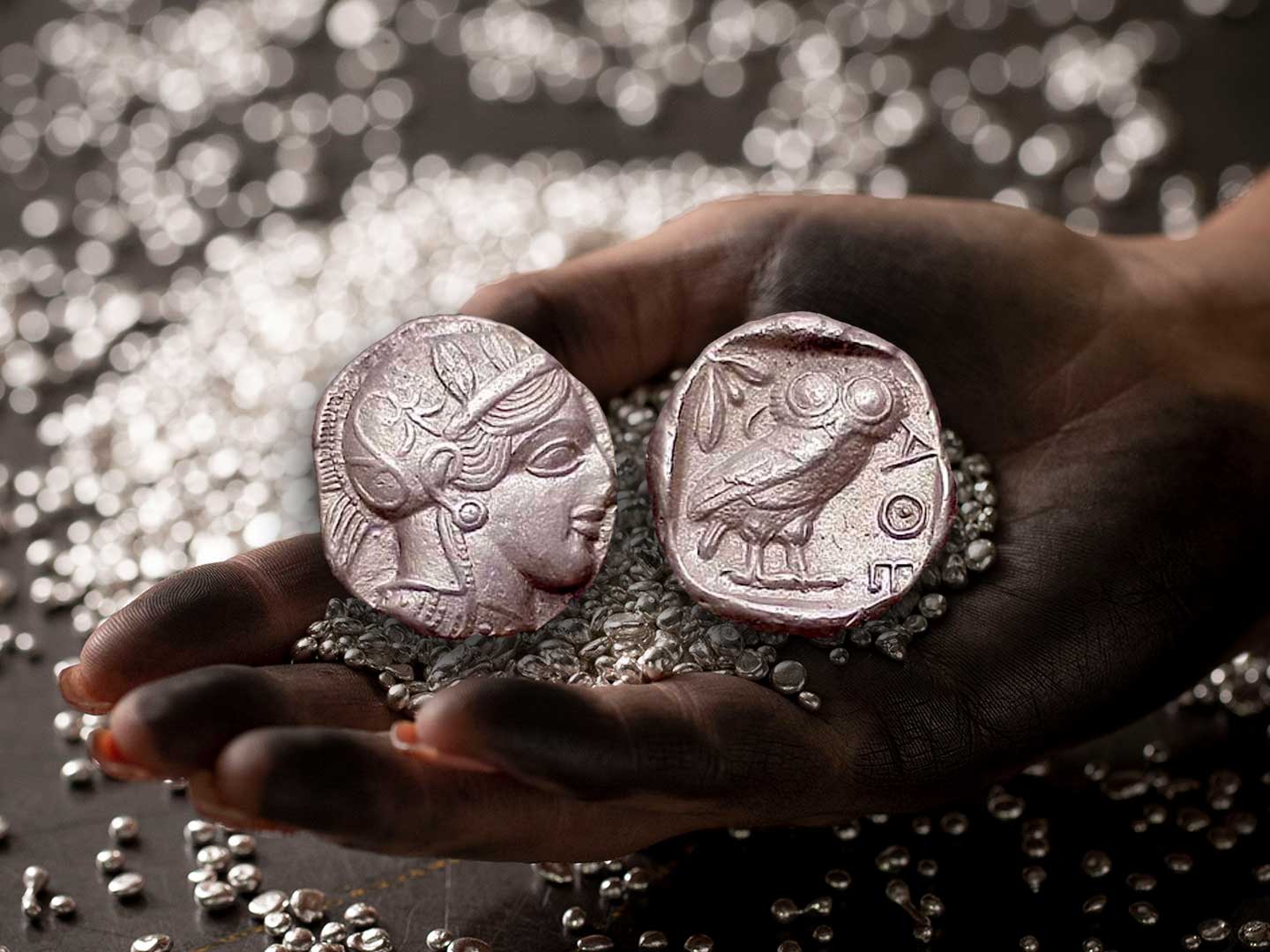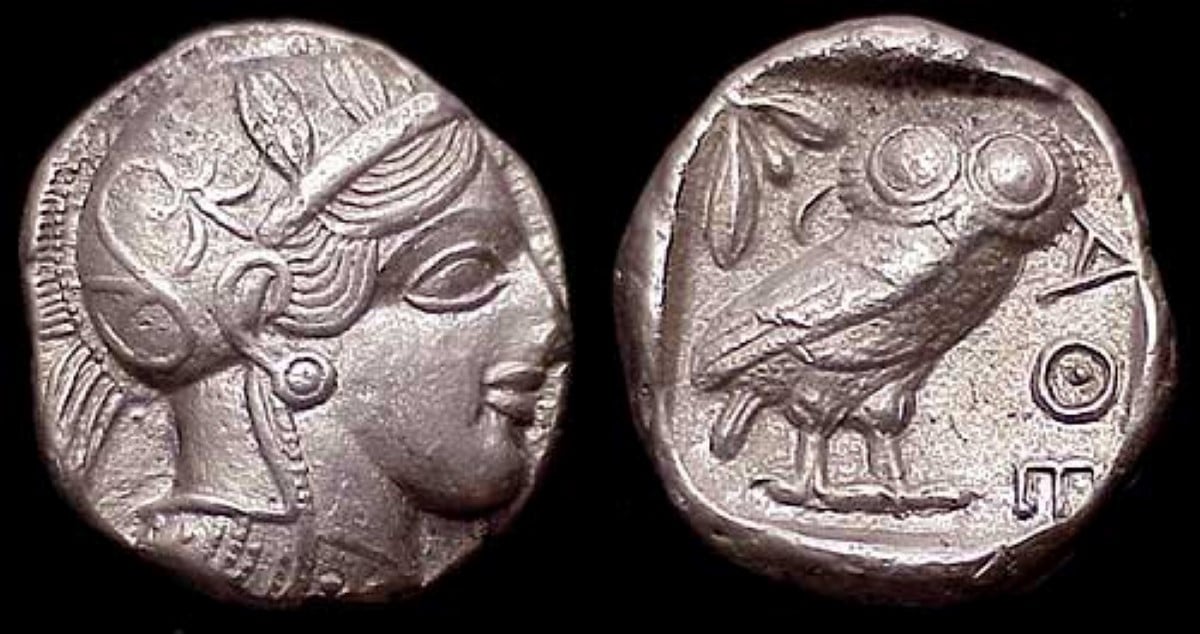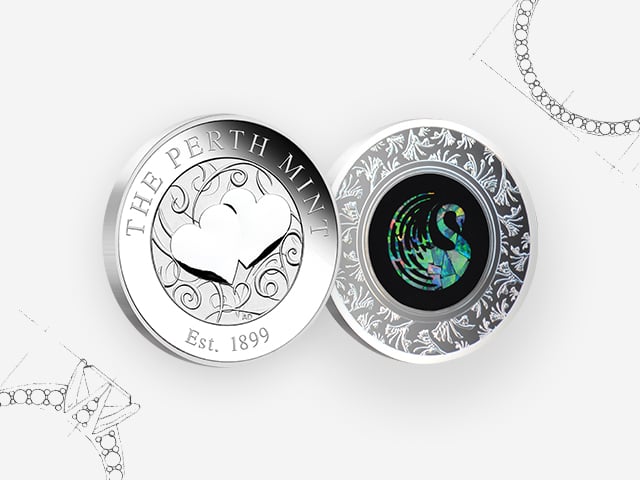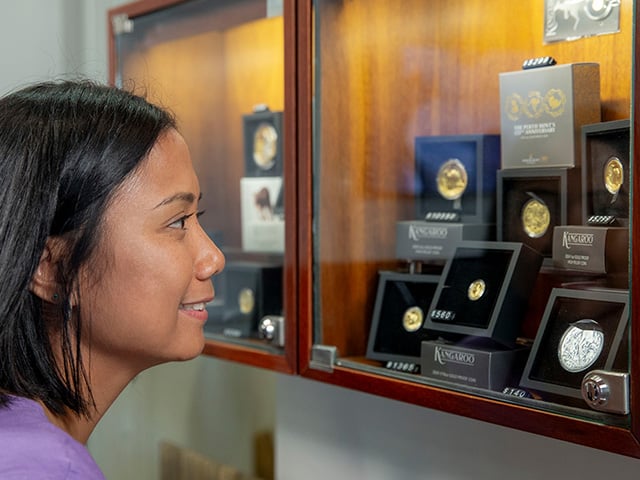What's your weight worth in silver?

Sometimes known as ‘poor man’s gold’, silver nevertheless has an equally fascinating history. Like its illustrious partner, silver has been associated with wealth and power for thousands of years.
Its special properties also made it ideal for coins – hence its use in the oldest mass produced form of coinage.
Following up from 12 astonishing things about gold, here are eight fascinating facts about silver and its long association with money.
- The chemical symbol for silver is Ag, from the Latin word argentum, comprising the root arg-, meaning ‘white, to shine’; and the suffix -ent, meaning ‘made of’.
- In several languages, the words for silver and money are the same, for example l’argent (French); plata (Spanish).
- The ancient Greeks began the custom of portraying an effigy or bust on the obverse and an important symbolic motif on the reverse of a coin.
 The Greek tetradrachm silver coin portrayed the goddess Athena and Athena’s owl. (image courtesy of www.cngcoins.com)
The Greek tetradrachm silver coin portrayed the goddess Athena and Athena’s owl. (image courtesy of www.cngcoins.com)
- The name silver originates from the Old English word ‘seolfor’.
- In 12th century England, a sterling was a silver penny decorated with stars (hence sterre meaning star + ling). One pound sterling was originally the weight of 1lb of silver sterlings, or about 240 of them.
- Silver is around 17.5 times more abundant than gold in the earth’s crust, which is interesting because in Roman times the gold/silver price ratio was 12:1 and was officially set in the U.S. at 15:1 in 1792. The average ratio throughout history is nearer 20:1 (although we’re currently at an extreme closer to 60:1).
- Silver was at its peak value in the late 15th century. In 1477, silver was worth approximately 100 times more than it is today.
- A rare 1794 US silver dollar became the world’s most expensive coin when it sold for US$7,850,000 in 2010.
With all this talk of silver, what would you be worth if you were made of solid silver? Find out here.










